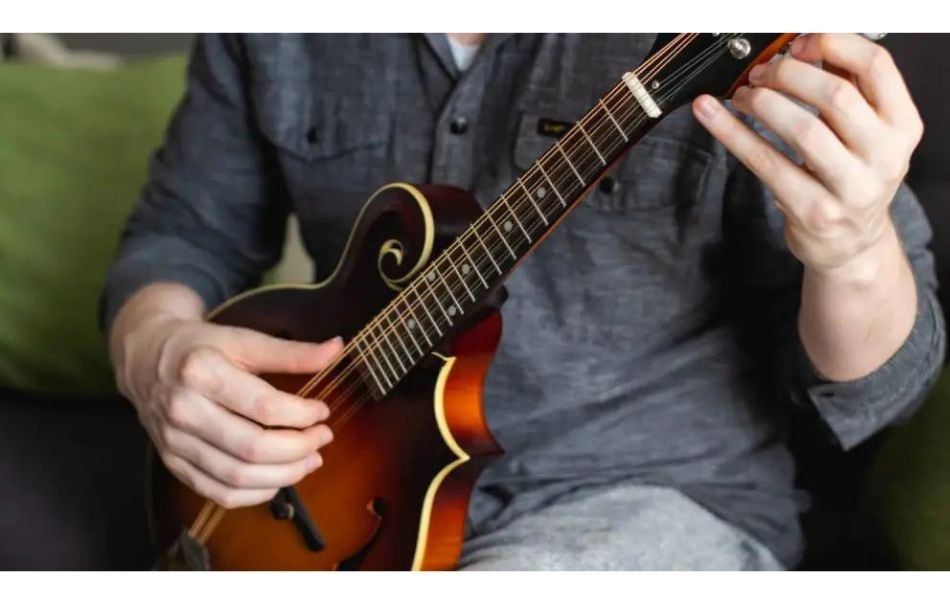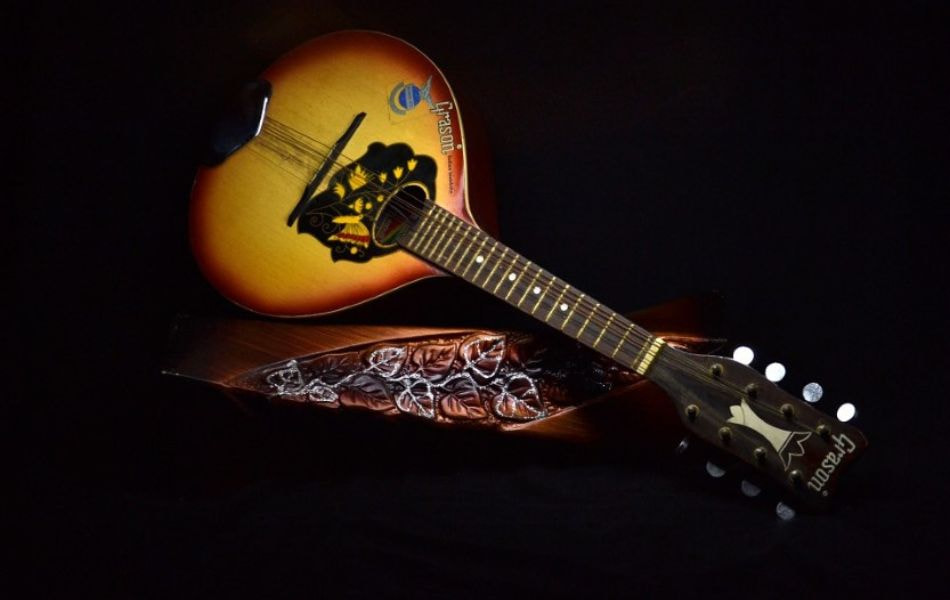The mandolin, appreciated for its delightful versatility, is recognized for its vibrant and clear notes. They infuse a sense of sophistication into diverse music genres. It grants musicians the flexibility to experiment with an array of musical genres and produce distinct melodies. In this write-up, we will venture into the realm of mandolin tunings, exploring several well-received choices and how they can be utilized in musical contexts.
Contents
What is the mandolin tunings?
The mandolin is a stringed musical instrument, typically with eight strings, known for its bright and distinct sound. The mandolin tunings refer to the arrangement and pitch of the strings, which greatly influences the way the instrument is played and the music it produces. The two most common tunings for the mandolin are the “Standard Tuning” and the “Octave Mandolin Tuning”.
An Octave Mandolin, also known as an Octave Mandola, is a stringed musical instrument that belongs to the mandolin family. It’s larger than a standard mandolin and is tuned an octave below the mandolin, hence the name “octave.”
Key Features:
Size: The Octave Mandolin is larger than a standard mandolin, resembling a small, short-necked guitar. It typically has a longer scale length as well as a larger body, contributing to a deeper and richer sound.
Tuning: The tuning of an Octave Mandolin is usually an octave below the standard mandolin tuning (GDAE). The most common tuning is G2, D3, A3, E4, which is one octave lower than G3, D4, A4, E5 of a mandolin.
Sound and Tone: Due to its lower tuning and larger body, the Octave Mandolin produces a deeper, resonant sound, making it well-suited for a variety of musical styles, including folk, Celtic, classical, and more.
Standard mandolin tunings
The standard tuning for a mandolin is commonly known as GDAE tuning. So, how is tune mandolin? In this standard tuning, the eight strings of the mandolin are tuned as follows:
- G String (lowest and thickest string): G4
- D String: D4
- A String: A4
- E String (highest and thinnest string): E5
The GDAE tuning is arranged in pairs of two strings each, with both strings in a pair tuned to the same note, except for the G string. The G string is tuned one octave lower than the G string on a piano.

Alternative tunings mandolin
Cajun Tuning (FCGD)
Cajun Tuning on the mandolin, also known as “Cajun Mandolin Tuning,” is one of the popular mandolin tunings used to create a distinctive sound for Cajun and Creole music. This is a type of tuning that is a whole step down from the standard GDAE tuning of the mandolin.
Typically, when we refer to Cajun Tuning on the mandolin, it involves tuning the strings to match the notes G, C, F, B♭ (corresponding to being a whole step lower than the standard GDAE tuning).

Open G (GDGB)
Open G tuning on the mandolin is a specific tuning where the strings are tuned to produce a G major chord when played open (without fretting any notes). This tuning allows for easy access to G major chords and facilitates slide techniques, making it popular in various genres such as blues, folk, and slide playing.
Open G tuning offers a full and rich sound, making it particularly suitable for creating a powerful and bluesy atmosphere in the music. It’s a versatile tuning that offers unique musical possibilities and is favored by many mandolin players in various musical genres.
Open D Tuning (DDAD)
It’s an ideal tuning for those looking to delve into traditional tunes, presenting effortless transitions between major and minor chords. This versatility caters to both chordal accompaniment and captivating solo performances.
Sawmill Tuning or Cross G Tuning (GDGD)
The G major chord formed in this tuning provides a harmonic base for both rhythmic strumming and intricate fingerstyle playing. The doubled G strings create a drone-like effect, adding depth and character to the sound, and making it suitable for various musical genres and styles. This tuning is often chosen by mandolin players looking to explore a different tonal palette and embrace the sounds of traditional and folk music.
Gee-Dad tuning(GDAD)
Gee-Dad tuning provides an opportunity for musicians to deeply engage with the cultural and musical legacy of Celtic and Irish traditions. Whether you’re a budding mandolin player or a passionate individual aiming to diversify your musical range, Gee Dad tuning presents an alluring departure from the usual tuning, allowing you to envelop yourself in the enchanting rhythms of Celtic music.

Cross Tuning (AEAE)
Like the Sawmill Tuning, this particular mandolin brings forth a sense of nostalgia and rural resonance. The replicated A strings and the fifth interval between the second and third strings create a unique auditory experience that encapsulates the core of authentic American musical traditions.
Open A Tuning (AEAC#)
This tuning is popular in bluegrass and old-time folk music, offering a vibrant and dynamic sound with intriguing harmonic possibilities. This configuration provides a lively and resonant sound, allowing for a distinctive tonal quality and diverse harmonic variations.
To sum up, mandolins offer a wide range of mandolin tunings, giving musicians the flexibility to experiment and tap into the instrument’s diverse capabilities. Standard tuning, along with various alternative tunings, provides excellent choices for musicians to tailor the mandolin’s sound to suit their artistic vision and musical style.
